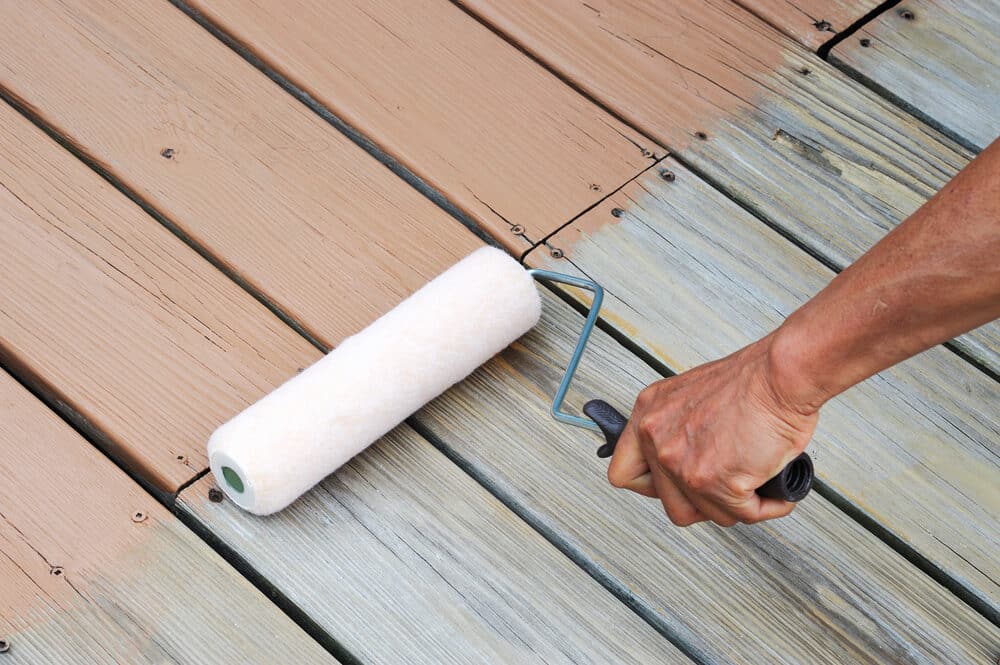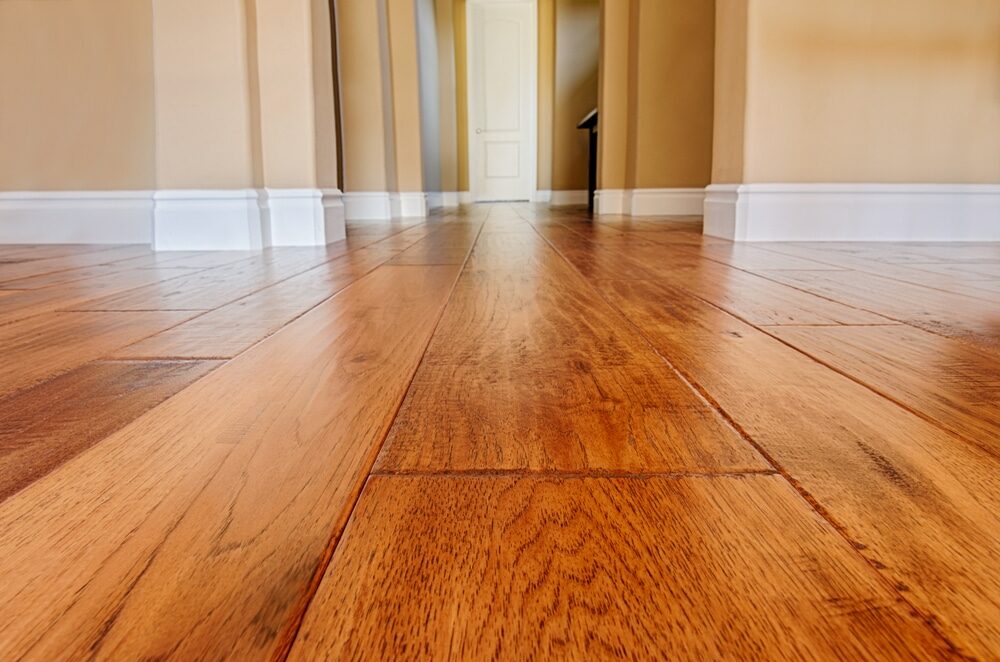London:
Nationwide:
2023 Most Modern Parquet Floor Sanding Techniques
Posted on April 30, 2023
Blog
Mastering Modern Parquet Floor Sanding: A Complete Guide to Flawless Restoration
Parquet flooring, known for its stunning geometric patterns and unique design, has been a popular choice for homeowners for centuries. Over time, these beautiful wooden floors can become dull, scratched, or damaged due to everyday wear and tear. Restoring the original beauty of your parquet floor requires sanding and refinishing. This comprehensive guide will explore the most modern techniques of parquet floor sanding, offering insights on the best practises and tools to ensure a smooth, professional result.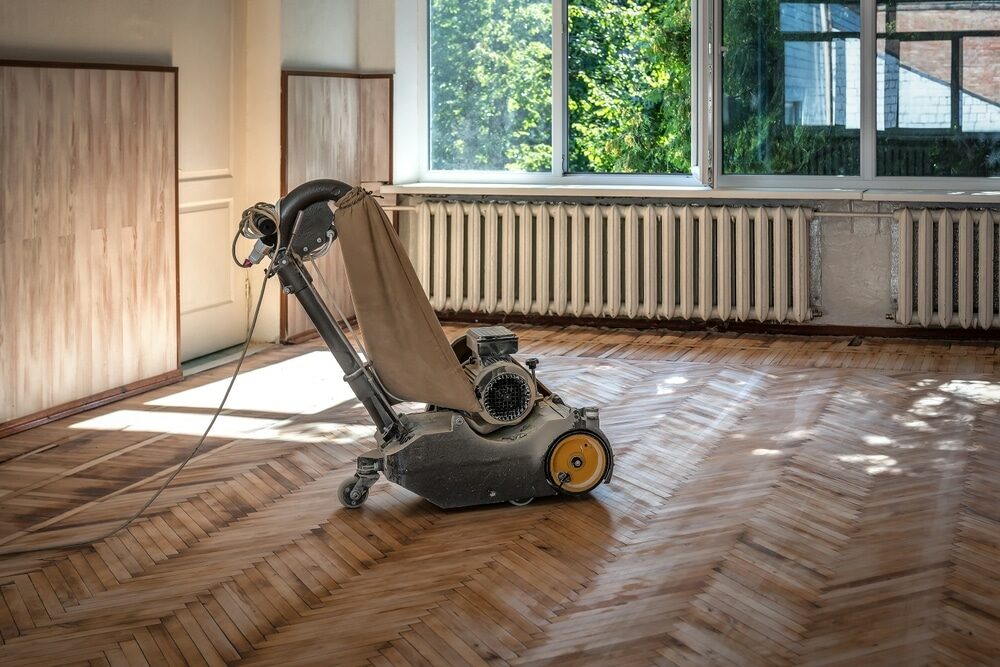
-
Understanding the Parquet Sanding Process
-
Assessing the Condition of Your Parquet Floor
-
Choosing the right sanding equipment
- Drum Sander: This powerful machine uses a rotating drum covered in sandpaper to remove the top layer of wood. It is particularly effective for removing old finishes and levelling uneven floors.
- Orbital Sander: An orbital sander is a gentler alternative to the drum sander, using a vibrating sanding pad to smooth the wood’s surface. This type of sander is ideal for refinishing parquet floors, as it minimises the risk of damaging the delicate wood grain patterns.
- Edger: This smaller, handheld sander is designed to sand the edges and corners of the floor that larger machines cannot reach. It is an essential tool for achieving a uniform finish across the entire floor.
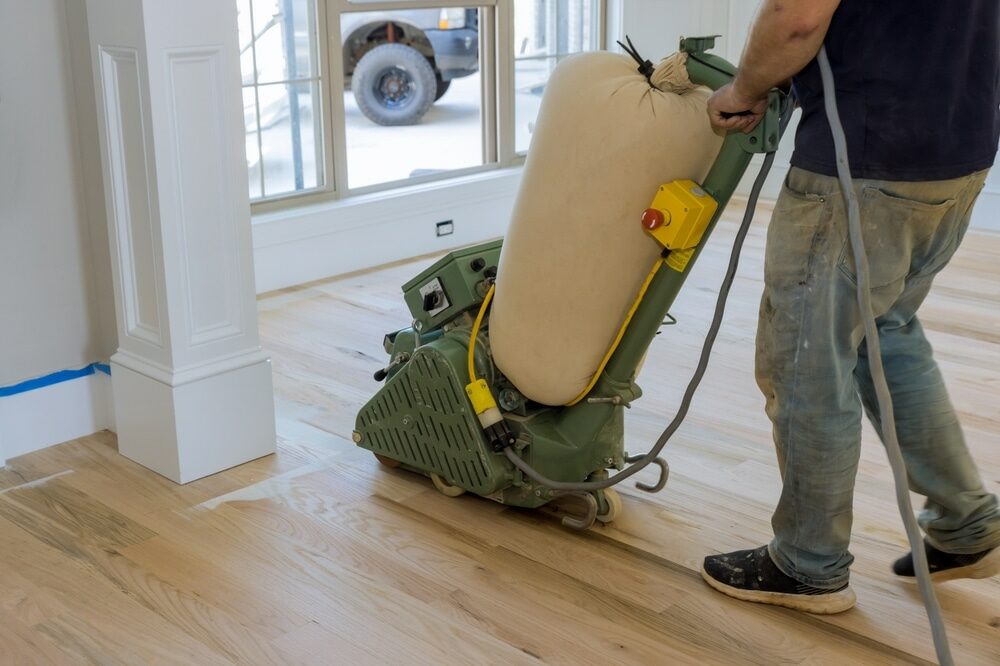
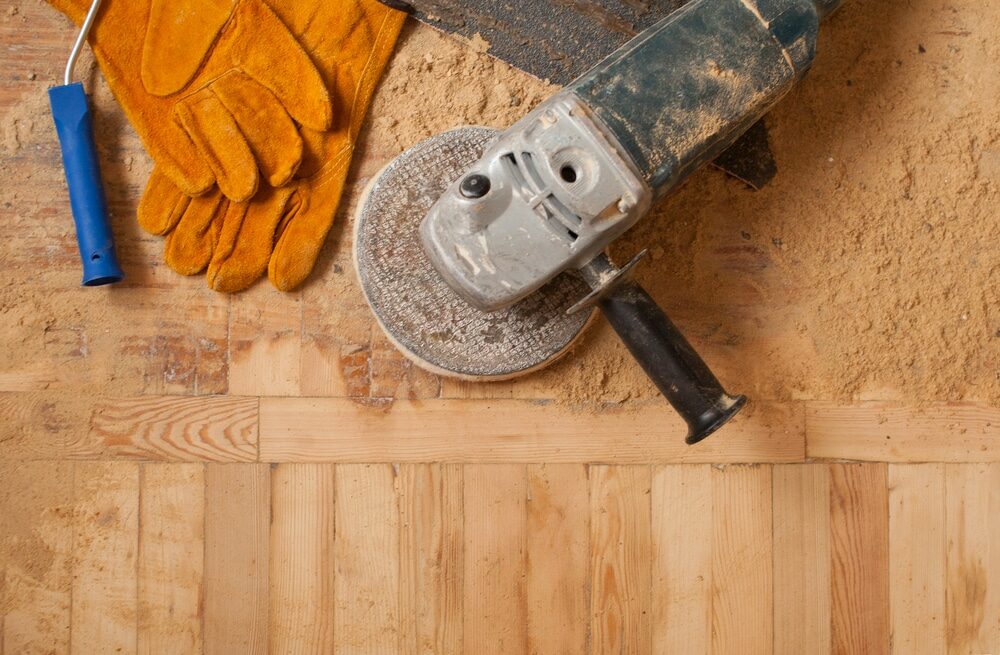
-
The Importance of Proper Sanding Techniques
- Always sand in the direction of the wood grain, as this will help minimise scratches and maintain the natural appearance of the wood.
- Start with coarse-grit sandpaper (e.g., 36 or 40 grit) to remove the old finish and any surface imperfections. Gradually progress to finer grits (e.g., 60, 80, and 100 grit) to smooth the surface and prepare it for staining and sealing.
- Use consistent pressure and speed when sanding, and avoid dwelling on any one area for too long, as this can create uneven spots or cause damage to the wood.
- Regularly check your progress and adjust your technique as needed. This will help to ensure that the sanding process is effective and that you are not inadvertently causing damage to your floor.
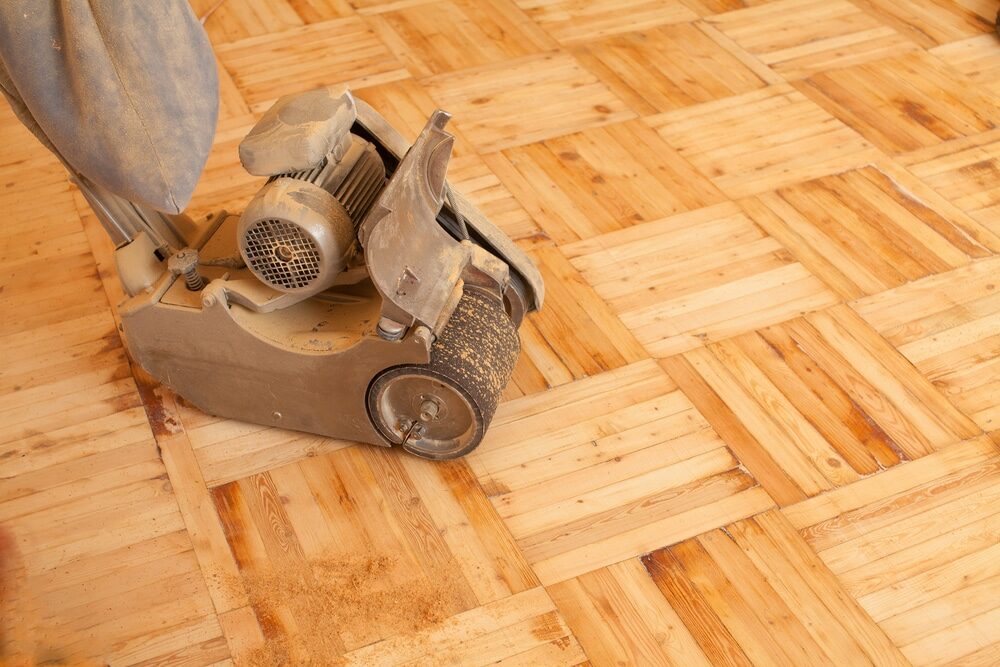
-
Dustless Sanding Technology
- Improved air quality: By capturing dust before it becomes airborne, dustless sanding technology reduces the amount of dust inhaled by the operator and prevents it from settling on surfaces throughout the home.
- Faster cleanup: With the majority of dust and debris being collected as you work, the post-sanding cleanup process is significantly reduced.
- Enhanced finish: Dustless sanding helps to prevent dust particles from becoming trapped in the new finish, resulting in a smoother, more polished appearance.
- Reduced risk of damage: The efficient removal of dust and debris minimizes the risk of abrasive particles scratching or damaging the freshly sanded floor.
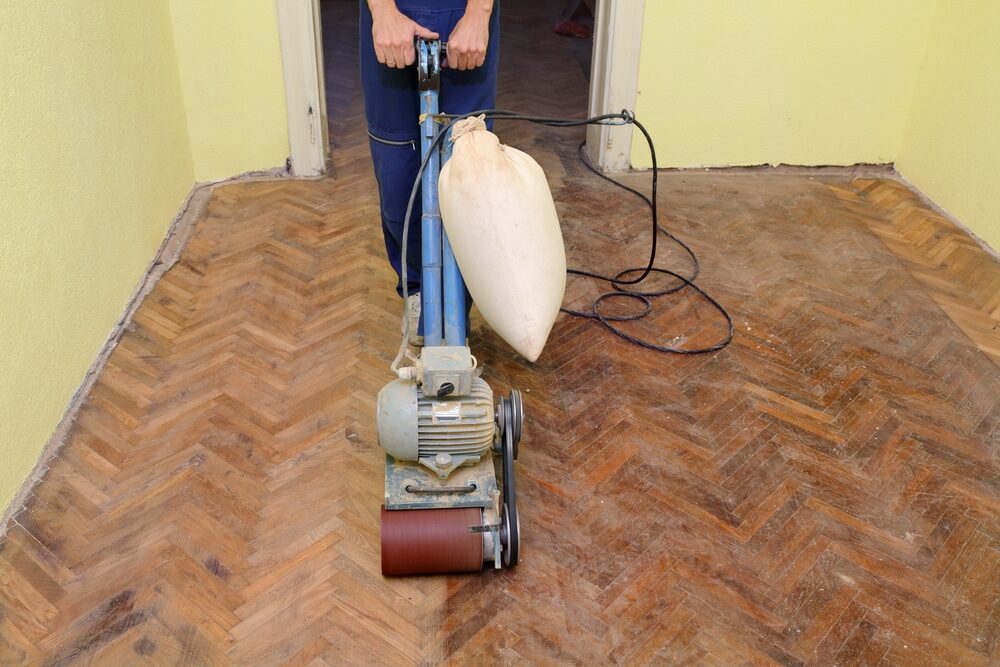
-
Staining and Sealing Your Parquet Floor
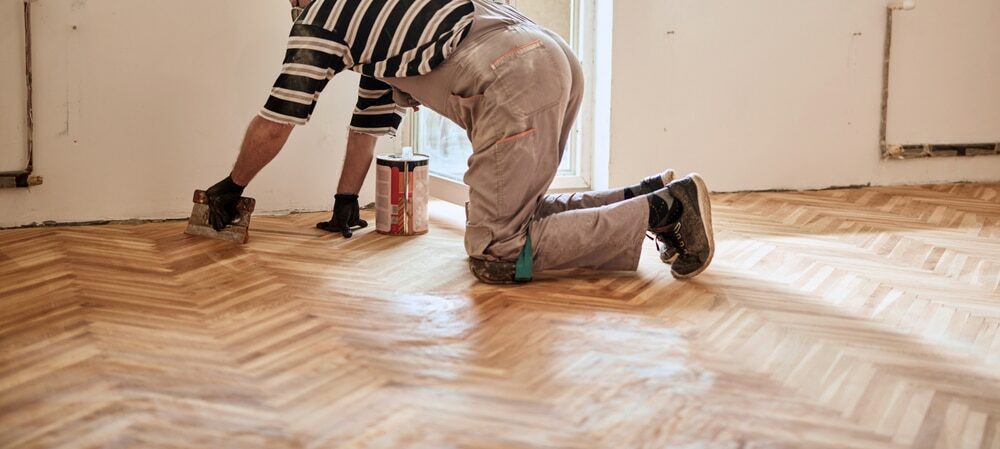
-
Parquet Floor Sanding Best Practices
- Always follow the manufacturer’s instructions for your sanding equipment and materials, as this will help to prevent damage and achieve the desired results.
- Wear proper safety equipment, such as goggles, ear protection, and a dust mask, to protect yourself from dust, debris, and loud noise during the sanding process.
- Allow ample time for each stage of the sanding, staining, and sealing process. Rushing through the steps can lead to a subpar result and may require additional time and effort to correct.
- If you are unsure about your ability to sand and refinish your parquet floor, consider hiring a professional. Experienced flooring specialists have the knowledge, skills, and equipment necessary to achieve a stunning, professional-quality result.
Some Useful Links:
Conclusion:
The most modern techniques of parquet floor sanding have transformed the process of restoring and refinishing these beautiful wooden floors. By investing in the right equipment, using proper sanding techniques, and following best practices, you can achieve a smooth, polished finish that showcases the unique patterns and character of your parquet flooring. Whether you choose to tackle the project yourself or enlist the help of a professional, sanding and refinishing your parquet floor is a worthwhile investment that will enhance the beauty and value of your home for years to come.More from our Blog:
Enhance Your Home’s Value: Discover the Power of Wood Flooring The Ultimate Guide to Sanding and Restoring Parquet Floors Top 12 Rules to Find the Perfect Wood Floor Sanding Company Top Wooden Floor Restoration Techniques | Revitalize Your Floors
Sanding
We provide virtually dust-free sanding with our continuous belt machinery with mobile extraction units, giving you a safer environment for your family.
Oiling
This organic finish not only adds beauty to your home but also has exceptional water-repellent characteristics, making it easier to clean and maintain.
Waxing
This natural floor finish offers the softest and most mellow appearance – and leaves your floor able to breath.
Buffing
Using soft buffing machines (and hand-polishing where required) will bring a wonderful sheen to your newly-finished floor.
Repairs
We offer a full assessment of your wooden floors to determine what repairs are needed to provide the perfect working surface for the later stages of sanding, staining and sealing.
Restoration
We offer a comprehensive restoration process designed to address floors that are improperly fitted or damaged over time through wear and tear.
Request a fixed price quote for your wood floor restoration now
Simply enter your postcode below to get started.
Services
Wood Floor Sanding Wood Floor Restoration Wood Floor Scratch Repair Squeaky Wood Floor Repair Parquet Floor Sanding Parquet Floor Restoration Commercial Floor Sanding School Floor Sanding Gap FillingCopyright © Mr Sander®
Privacy & Cookies Terms & Conditions Complaints Procedure Cancellation Rights Sitemap
